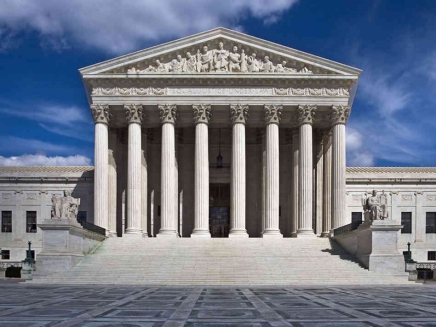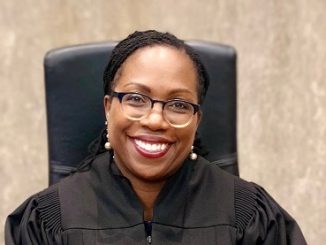
May 4, 2020
Venue
Online
The Supreme Court of the United States (SCOTUS) is the highest court in the federal judiciary of the United States of America. It has ultimate (and largely discretionary) appellate jurisdiction over all federal and state court cases that involve a point of federal law, and original jurisdiction over a narrow range of cases, specifically “all Cases affecting Ambassadors, other public Ministers and Consuls, and those in which a State shall be Party”.
The Court holds the power of judicial review, the ability to invalidate a statute for violating a provision of the Constitution. It is also able to strike down presidential directives for violating either the Constitution or statutory law. However, it may act only within the context of a case in an area of law over which it has jurisdiction. The Court may decide cases having political overtones, but it has ruled that it does not have power to decide non-justiciable political questions.
Established by Article III of the Constitution, the composition and procedures of the Supreme Court were initially established by the 1st Congress through the Judiciary Act of 1789. As later set by the Judiciary Act of 1869, the Court consists of the chief justice of the United States and eight associate justices. Each justice has lifetime tenure, meaning they remain on the Court until they resign, retire, die, or are removed from office.
When a vacancy occurs, the president, with the advice and consent of the Senate, appoints a new justice. Each justice has a single vote in deciding the cases argued before it. When in majority, the chief justice decides who writes the opinion of the court; otherwise, the most senior justice in the majority assigns the task of writing the opinion.
The Court meets in the Supreme Court Building in Washington, D.C.
World Justice News shows the US Supreme Court hearings free. For the link to view the US Supreme Court hearings please click here to see our daily schedule.






Be the first to comment